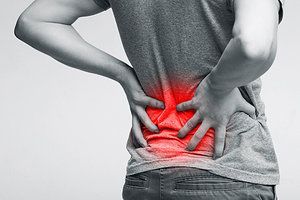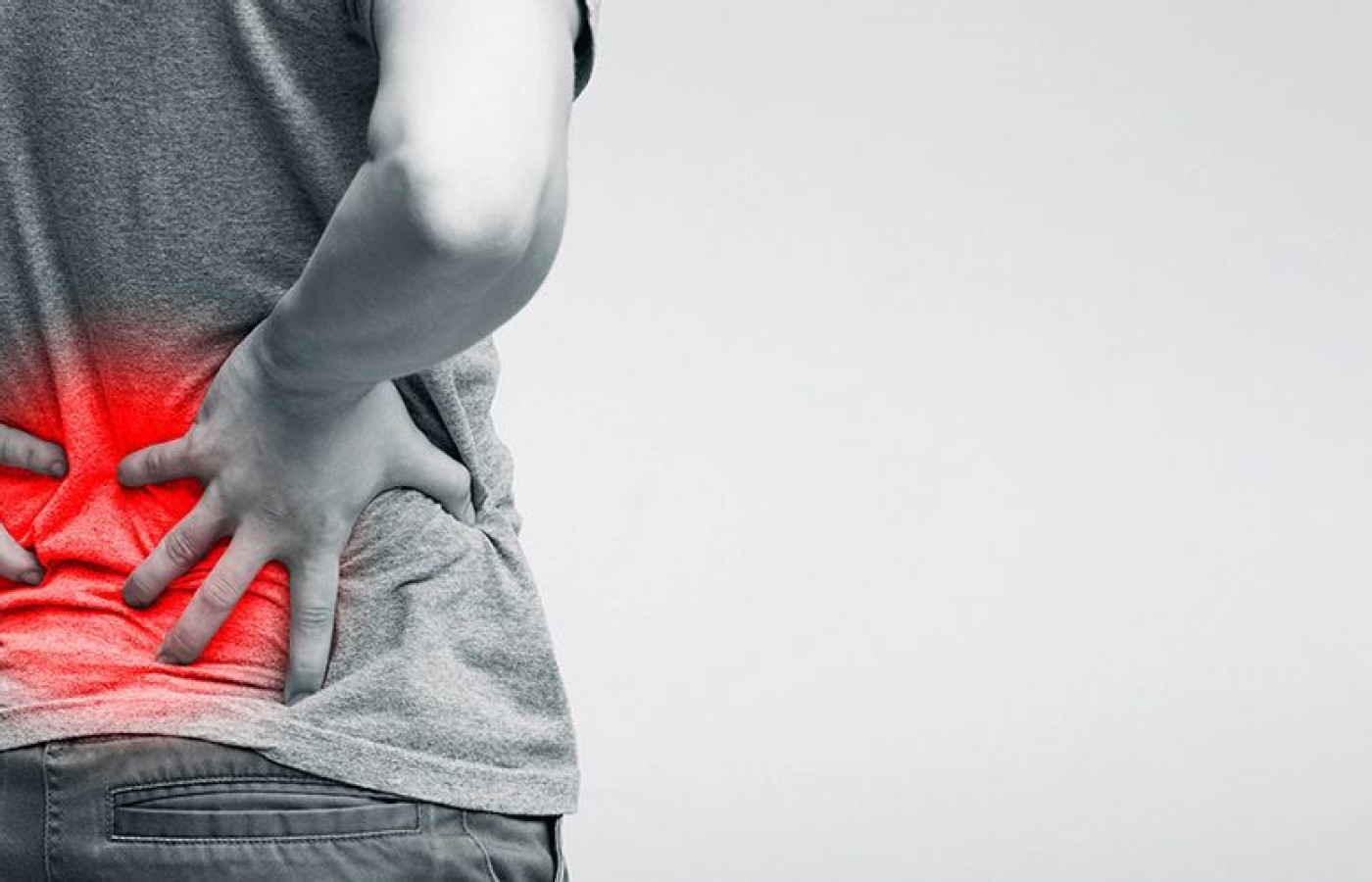Whether you accept it, avoid it or live somewhere in between, insurance coverage has become a defining issue for our profession. Patients increasingly expect to use their benefits, practitioners want to be compensated fairly for their time and expertise, and the system itself remains – at best – fragmented. The encouraging news is that coverage has expanded in meaningful ways. The challenging news is that reimbursement, across the board, remains inadequate.
Case Report on Chronic Low Back Pain (Pt. 1)
Chronic low back pain (CLBP) is a common condition with complicated pathogenic factors. Better understanding CLBP pathogenesis will advance clinical therapy and pain management options.
Degenerative disc disease is considered a leading cause of chronic back pain in the aging population. On top of lumbar causes, injurious nerve stimulation, inflammation-induced peripheral pathways, and central sensitization, degeneration of muscles, fascia and ligaments are important factors. Studies suggest CLBP is associated with altered motion patterns to protect multifidus muscles.1
Radiofrequency ablation (RFA) treatment of the region of epidural neovascularization with adhesion effectively treats chronic discogenic back pain and could induce paraspinal muscle spasm release.2 Radiofrequency ablation may provide pain relief 10 days after treatment, and may last from nine months to two years. Since nerves may potentially regrow 6-12 months after, repetitive procedures may be needed. The effective rate of RFA is 70-80 percent for people who have had successful nerve blocks. The cost of a RFA ranges from $2,618 to $3,982.3

This case report provides supportive evidence for acupuncture being a complementary and possible alternative option for RFA therapy in CLBP cases, with a focus on paraspinal pathogenic factors.
Case Presentation: History & Examination
A 64-year-old male presented to clinic with back pain with progressively worsening radicular pain in the right hip and lower extremity. The pain quality was sharp, stabbing, aching and shooting; severity was 6-7 out of 10. The pain was constant, fluctuated with activity and woke the patient up at night.
Aggravating factors were snow blowing, sitting, standing, walking, lifting, and bending. Relieving factors were medication (tramadol, gabapentin) and exercise. The patient desired to have acupuncture to reduce pain, reduce pain medication use, avoid ablation (which he had scheduled a month from the initial visit of acupuncture) and avoid wheelchair use.
The patient reported gait impairment, limitation of standing, walking, lifting, bending, and carrying out job / household duties, such as making coffee, as well as affecting sleep, mood and stress.
Physical exam was notable for mild motor weakness in right hip flexion and knee flexion / extension. Muscular palpation revealed severe pain and hypertonicity in right paralumbar muscles, glutes, and piriformis. Sensation to light touch was intact bilaterally.
The patient has a history of an L2-3 compression fracture in 1980 that required traction for eight days, a brace for six months, followed by physical therapy. His back pain got worse three years ago related to calcium deposits on the spine, according to the patient. After epidural injections failed, he underwent laminectomy. The patient was not able to recall which vertebrae were involved in the operation; and no MRI or other image report or film was available. He was taking meloxicam 15 mg QD and tramadol 50 mg BID.
His height is 5'7," weight is 160 lbs. His BMI is 25.1. He does have any allergies. No hearing loss, no ringing in ears, no sensation of spinning or moving (vertigo), no change in taste perception or loss of taste. He has been smoking for more than 20 years. He is happily married and satisfied with his career. His sleep is poor due to the pain. He denied any difficulties with digestion. He has a history of fatty liver and blood sugar fluctuation.
Diagnostic Focus and Treatment Principles
Based on the chronic pain history related to fracture and past treatments, the traditional Chinese medicine diagnosis was blood stagnation and kidney jing deficiency. The treatment principles were to move qi and blood, tonify qi and kidney as well as sooth tendons. The goals were to relieve pain, increase range of motion, reduce muscle tension, and improve blood flow bringing healing nutrients to tissues. The patient would benefit from acupuncture, manual therapy and therapeutic exercise.
The MRI report was not presented, and detailed diagnoses were not recalled by the patient. Western diagnosis was based on the following symptoms presented by the patient: pain in the lower back and leg; tingling, numbness and weakness; difficulty walking, limited daily function; past history of spinal injury; spinal calcium pyrophosphate crystal deposition; age of high risk of degenerative spinal conditions; and past treatments: bracing, epidural injections in the lumbar spine, laminectomy, physical therapy, pain medication, with RF scheduled.3 The closest Western diagnosis was chronic low back pain (of facet joint origin) and lumbar myelopathy.
The risk of having a poor-quality recovery was relatively high based on available information: 64 years old, history of lumbar fracture, spinal calcium pyrophosphate crystal deposition, use of more than one pain medication, and failed epidural injection. The acupuncture treatment prognosis of this patient was fair to good.
The MYMOP [Measure Yourself Medical Outcome Profile] tool was chosen to assist in assessment of the condition, setting up treatment goals and monitoring treatment progress.
Editor's Note: Pt. 2 of this article (December issue) includes a detailed timeline of treatment visits with all treatment components and patient response, plus complete references supporting in-text citations for both parts of the article.



